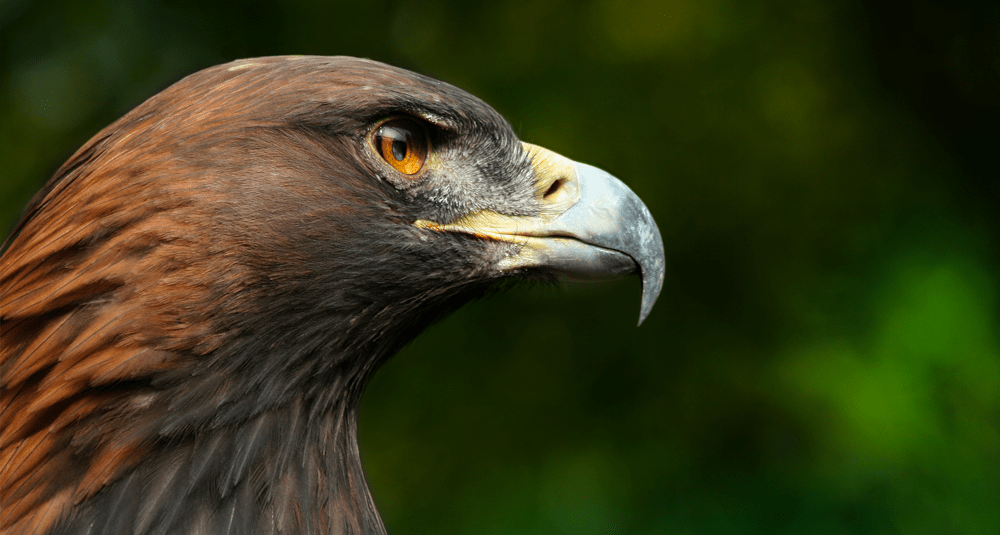To which family of birds does the golden eagle belong?
Last Updated:
The golden eagle (Aquila chrysaetos) is a large bird of prey, famous for its imposing wingspan, which can reach 2.3 meters. Its predominantly dark brown plumage, with golden hues on the head and neck, gives it a majestic and distinctive allure.
These physical characteristics, combined with its upright posture and piercing gaze, have helped to give it iconic status in many cultures. In Native American traditions, for example, it is often regarded as a symbol of power and freedom, and its feathers are used in various rituals and ornaments.
To differentiate the golden eagle from other eagles, it is essential to consider aspects such as size, hunting behavior and habitat. While eagles in general are characterized by their large size and hunting skills, the golden eagle is distinguished by its preference for a variety of habitats, from rocky mountains to open forests, as well as by its unique hunting techniques, which most often involve high-altitude flight followed by a rapid dive to capture its prey.
Classified in the Accipitridae family, the golden eagle shares this category with other birds of prey such as buzzards, falcons and certain vultures.
Members of this family are characterized by strong, curved talons, a hooked beak adapted to tearing flesh and excellent vision – essential attributes for predators at the top of the food chain. These birds are also known for their remarkable flying abilities, using thermal currents to glide with minimum effort.
Within the Accipitridae family, there is a wide variety of species, each adapted to specific environments. For example, the bald eagle, emblematic of the United States, prefers habitats close to water, while hawks are often found in forests and wooded areas.
The golden eagle’s range is vast, covering North America, Eurasia and North Africa. They are highly adaptable and can reside in a wide variety of habitats, from rocky mountains to open forests to semi-desert regions.
Their choice of habitat reflects their hunting and nesting needs. They prefer places with wide, unobstructed views to spot their prey, and cliffs or tall trees to build their nests.
You may also be interested in
nature

To which family of birds does the golden eagle belong?
Answer
The golden eagle is a member of the Accipitridae, a family of birds of prey that also includes harriers, vultures and falcons.